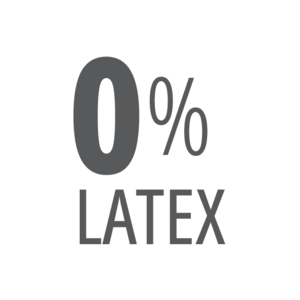Description
Glove in Nitrile on Polyamide Lining – Foam Nitrile Coating Palm – 35 cm
Chemical gloves combine the comfort of use and prolonged use against hydrocarbons.
₱579.00
Product images are for illustrative purposes only and may differ from the actual product.
Click here to view the Size Guide


Rough structure palm
Very good grip
Latex-free to reduce the risk of allergies.
Nitrile means no risk of allergies for users.
Performance
The nitrile coating gives people working in oily/greasy environments an excellent grip on the objects they handle.
Durability
Longer service life thanks to a double coating for excellent abrasion resistance.


EN388:2016 Protective gloves against mechanical Risks (Levels obtained on the palm)
| 4 | Resistance to abrasion (from 1 to 4) | |
| 1 | Resistance to cutting (from 1 to 5) | |
| 2 | Resistance to tear (from 1 to 4) | |
| 1 | Resistance to puncture (1 to 4) | |
| X | Resistance to cutting by sharp objects (TDM EN ISO 13997) (from A to F) |

EN ISO 374-1:2016 Protective gloves against dangerous chemicals and micro-organisms – Part 1: Terminology and performance requirements for chemical risks.
| TYPE | B | Type B – Water and air tightness according to EN ISO 374-2:2019. Permeation resistance to at least 3 chemicals at level 2 according to EN16523-1: 2015 (from 1 to 6). |
| . | Determination of resistance to degradation by chemicals according to EN ISO 374-4: 2019. Part 4: Determination of resistance to degradation by chemicals. | |
| A | 2 > 30 mn | Méthanol (A) CAS 67-56-1 |
| J | 3 > 60 mn | n-Heptane (J) CAS 142-85-5 |
| K | 5 > 240 mn | Sodium hydroxide 40% (K) CAS 1310-73-2 |
| L | 2 > 30 mn | Sulphuric acid 96 % (L ) CAS 7664-93-9 |

EN ISO 374-5:2016 Protective gloves against dangerous chemicals and micro-organisms – Part 5: Terminology and performance requirements against micro-organisms risks.
| BACTERIA + FUNGI | . | BACTERIA + FUNGI: Water and air tightness according to EN ISO 374-2:2019. |